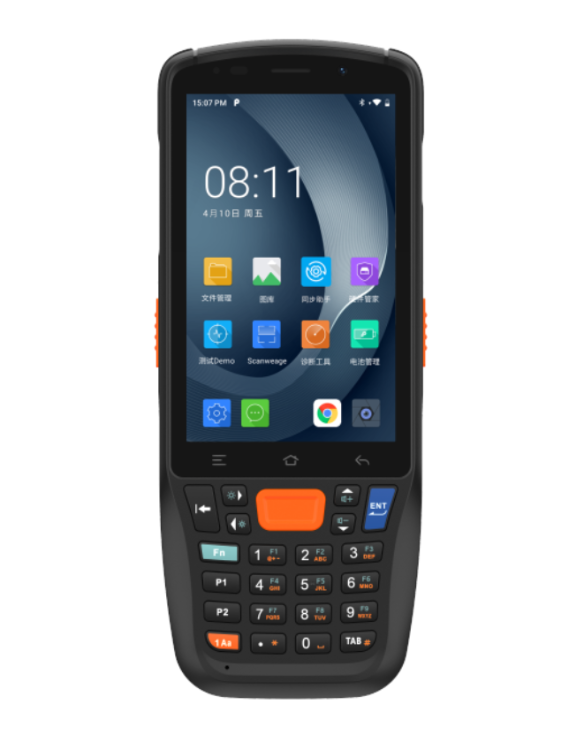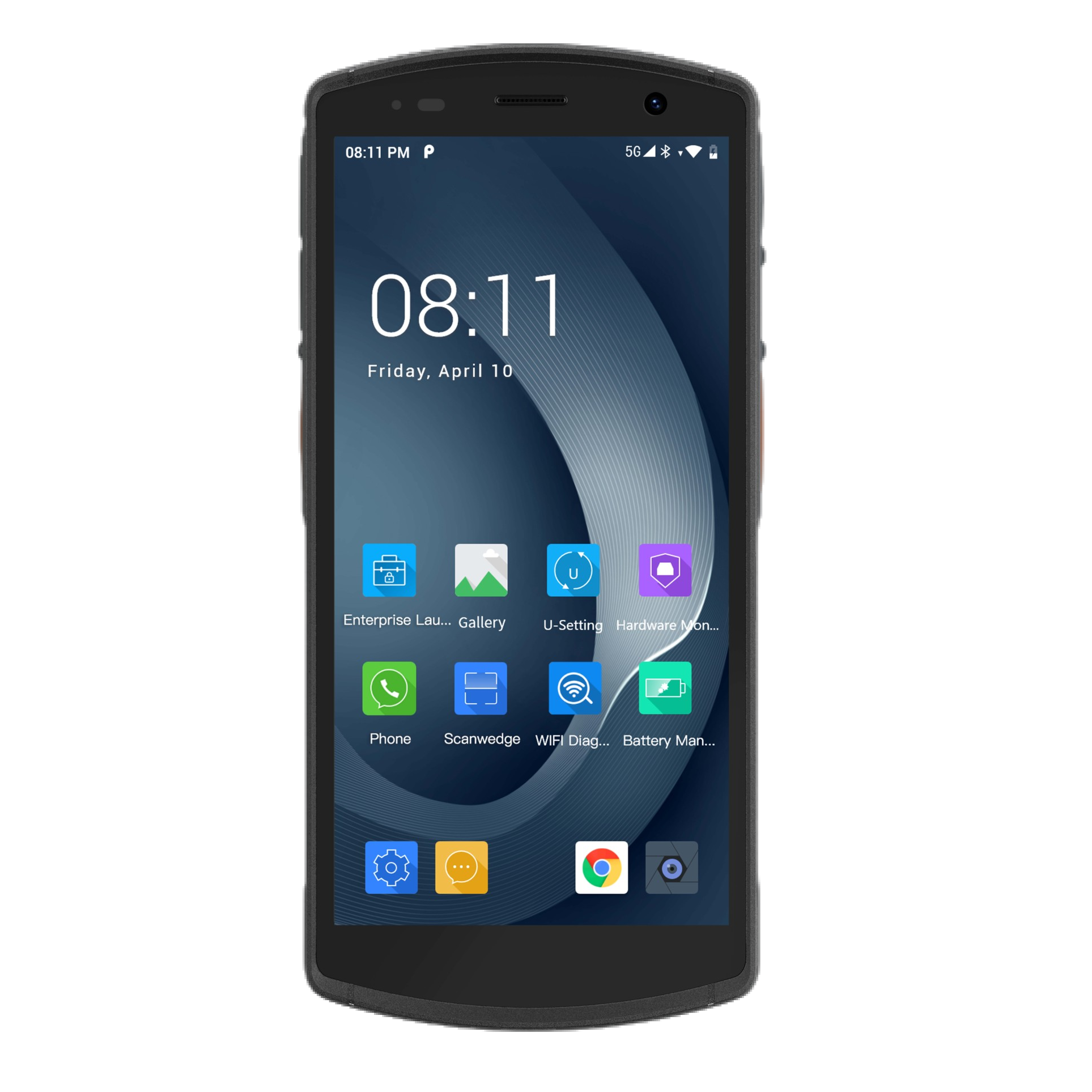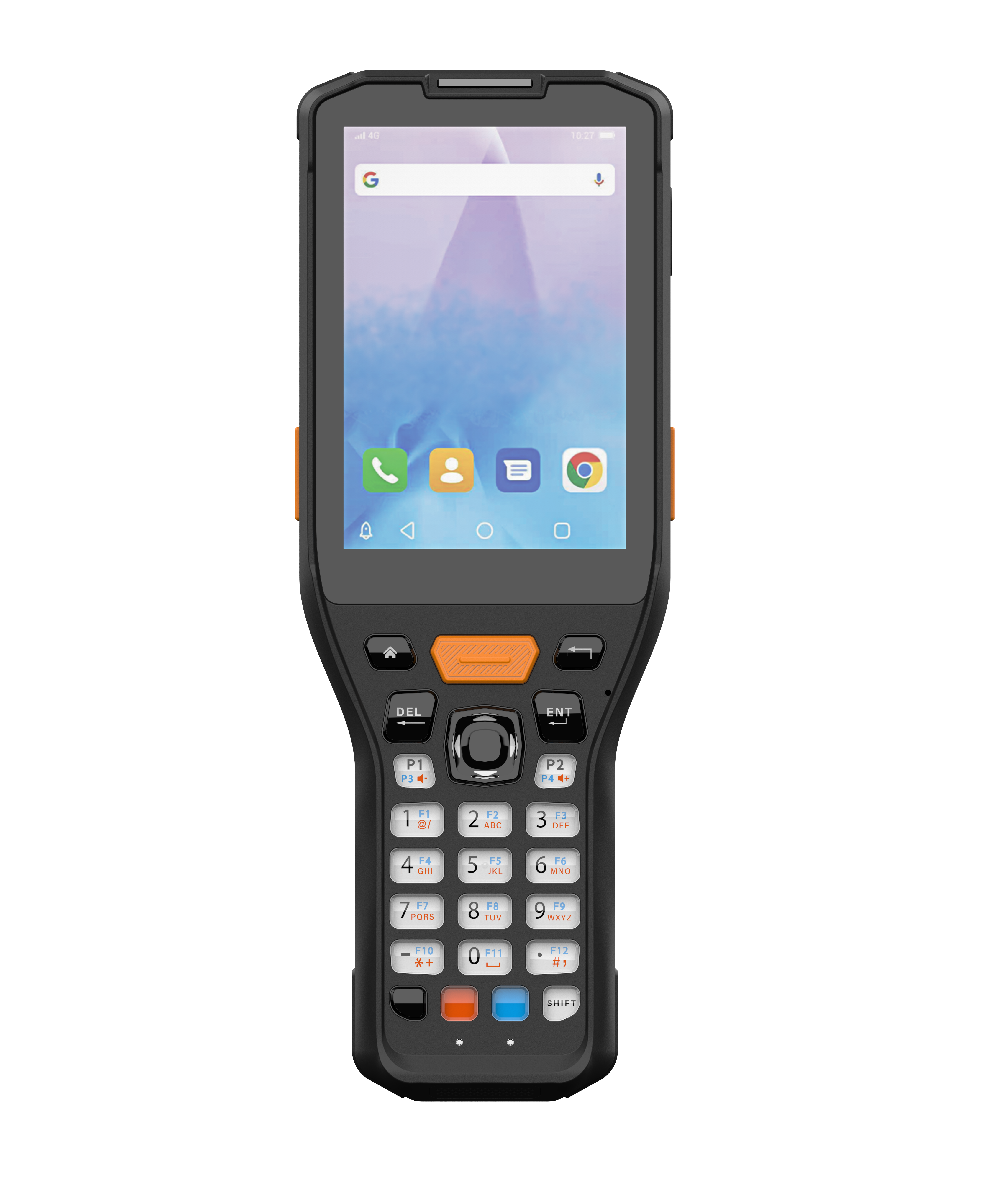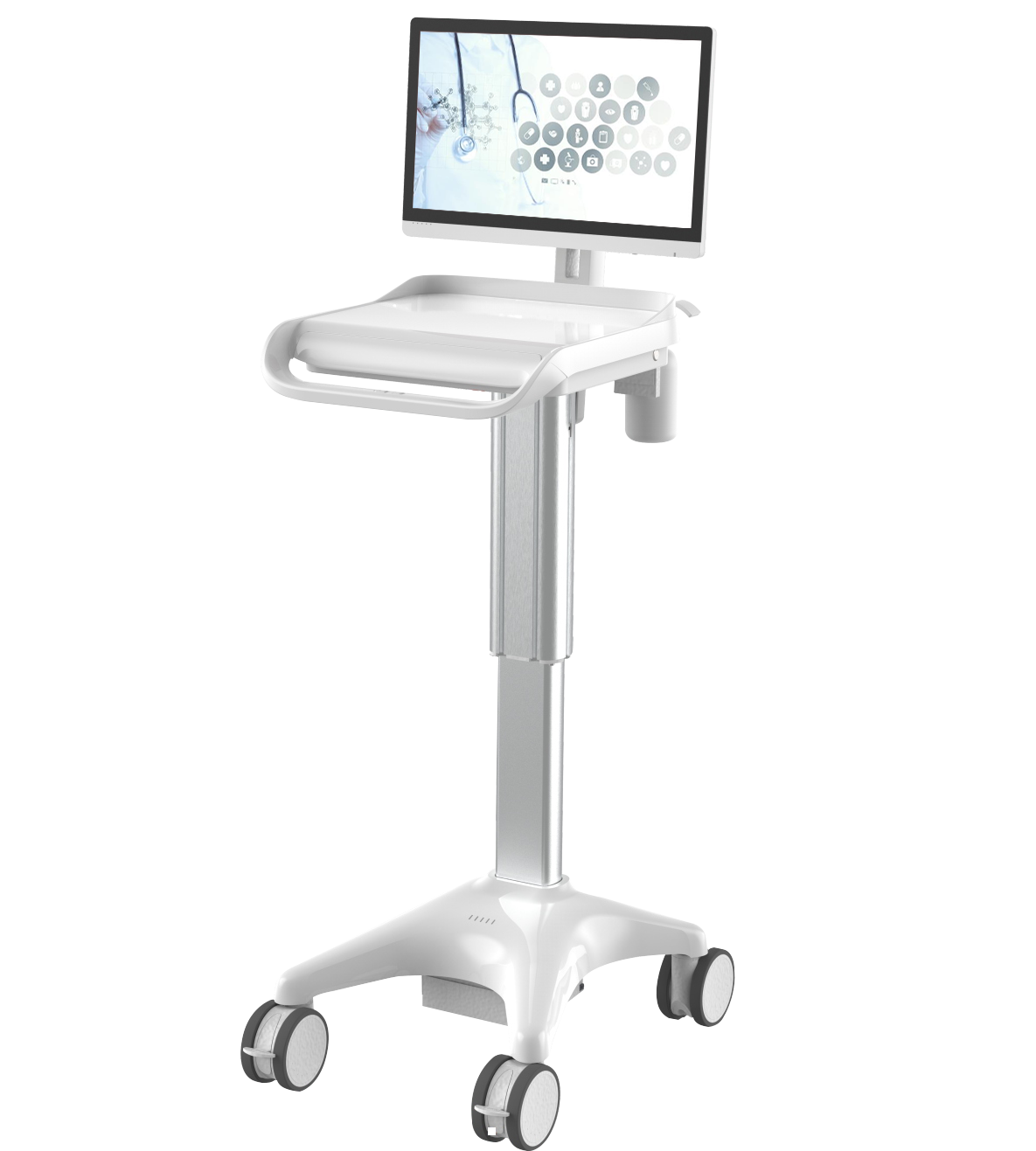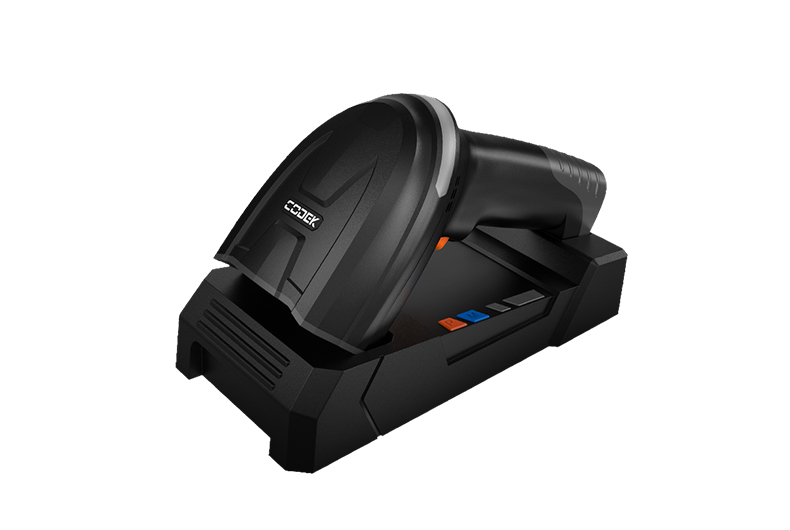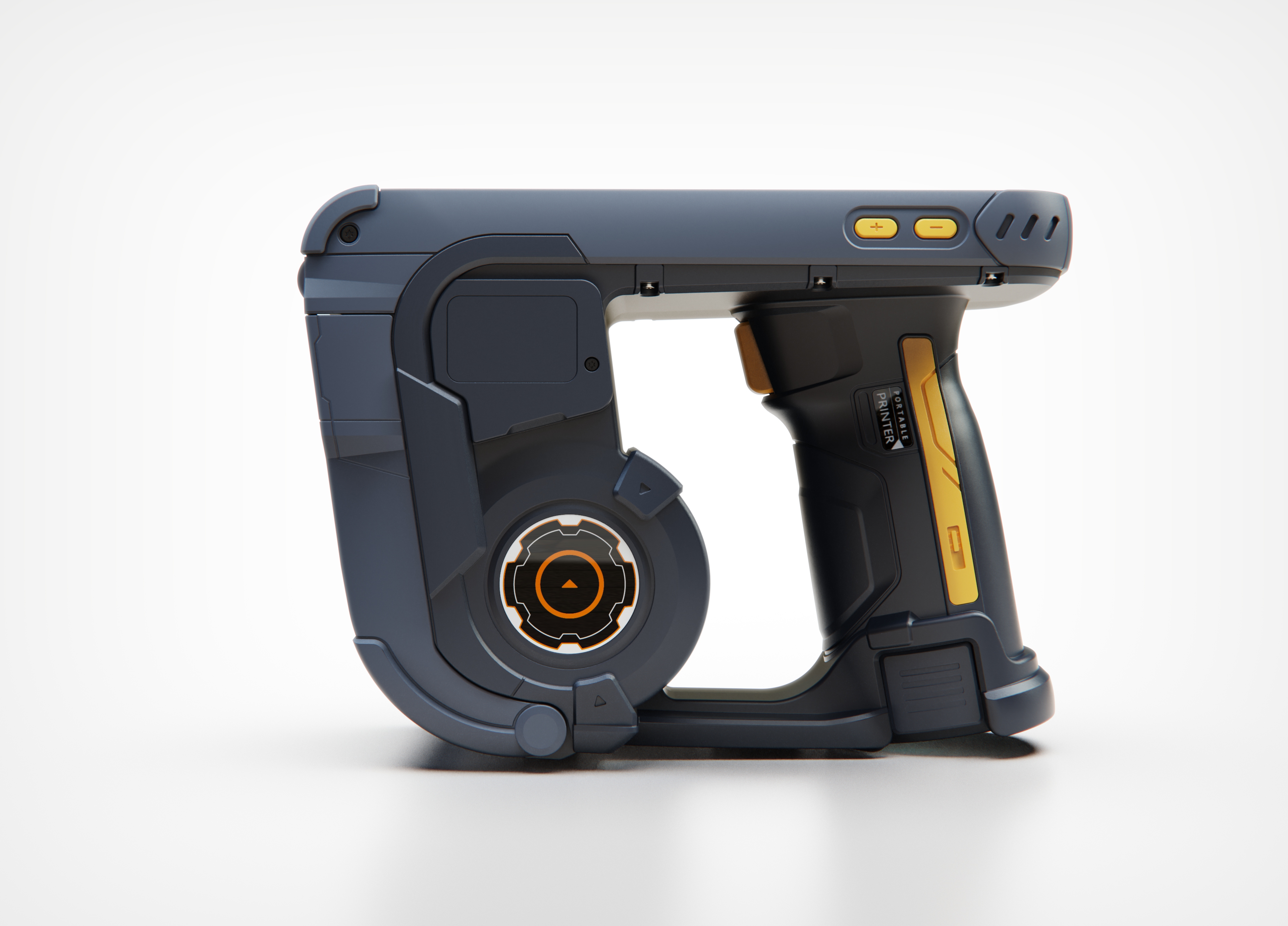RFID Scanner vs Barcode Scanner
What is a Handheld RFID Reader?
Explanation of RFID and Barcode Technologies
Radio Frequency Identification (RFID) and barcode technologies are both used for tracking and identifying items, but they operate on different principles.
RFID Technology:
RFID technology uses electromagnetic fields to automatically identify and track tags attached to objects. These tags contain electronically stored information, which can include unique identifiers, product details, or other data relevant to the item being tracked. RFID systems consist of three main components: the RFID tag, the RFID reader, also known as RFID scanner gun, and the backend database or software. The RFID reader emits radio waves that activate the RFID tag, allowing it to transmit its data back to the reader. RFID tags can be passive, semi-passive, or active, depending on their power source and functionality.
Barcode Technology:
Barcodes, on the other hand, are visual representations of data that are printed on labels or directly on items. A handheld barcode scanner is used to read the barcode, converting the pattern of bars and spaces into a digital signal that can be interpreted by a computer. Each barcode contains a unique identifier that corresponds to a specific item in a database. Barcode systems typically consist of barcode labels, barcode scanners, and inventory management software.
Importance of Handheld RFID Reader
Handheld RFID readers are portable devices equipped with RFID scanning capabilities, allowing users to read RFID tags remotely and in real time. These readers are essential tools in various industries and applications due to their versatility and efficiency. Here are some key reasons why RFID scanner gun are important:
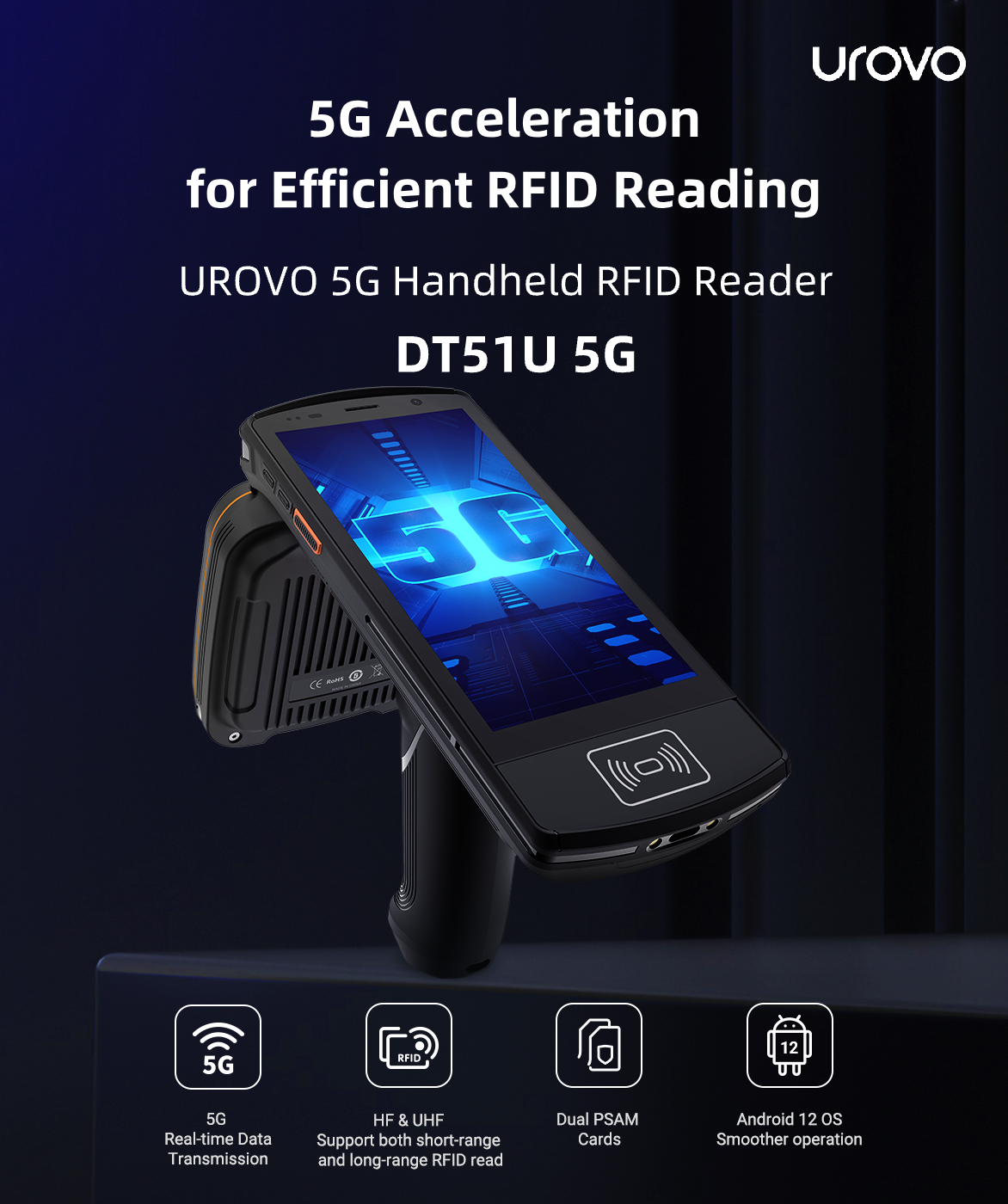
Efficiency: Handheld RFID readers enable quick and contactless data capture, significantly reducing the time and effort required for inventory management and asset tracking tasks.
Accuracy: RFID technology offers higher accuracy rates compared to traditional barcode systems, as RFID tags can be read from a distance and even through obstacles such as packaging.
Versatility: Handheld RFID readers can be used in a wide range of environments and applications, including retail, manufacturing, healthcare, logistics, and more. They are particularly useful in situations where traditional handheld barcode scanner may be impractical or ineffective.
Cost Savings: While the initial investment in RFID technology may be higher than barcode systems, the long-term benefits, including increased efficiency, reduced labor costs, and minimized errors, often result in significant cost savings for businesses.
What Can an RFID Scanner Do?
How RFID Scanners Work
RFID scanners, also known as RFID readers or RFID scanner gun, are devices that use radio frequency waves to wirelessly identify and track RFID tags attached to objects. Here's how handheld RFID scanner works:
| Interrogation | The RFID scanner emits radio frequency signals via an antenna, creating an electromagnetic field around it. |
|---|---|
| Activation | When an RFID tag enters the scanner's electromagnetic field, it receives power from the radio waves and becomes activated. |
| Data Transmission | The activated RFID tag sends back data stored within its memory, such as a unique identifier or product information. |
| Data Processing | The RFID scanner receives and processes the data transmitted by the RFID tag, decoding the information contained within it. |
| Database Interaction | The scanned data is typically sent to a backend database or software system, where it is stored, processed, and analyzed. |
Applications of RFID Scanners in Different Industries
RFID scanners have a wide range of applications across various industries, offering benefits such as improved efficiency, enhanced security, and real-time visibility.
Some common applications include:
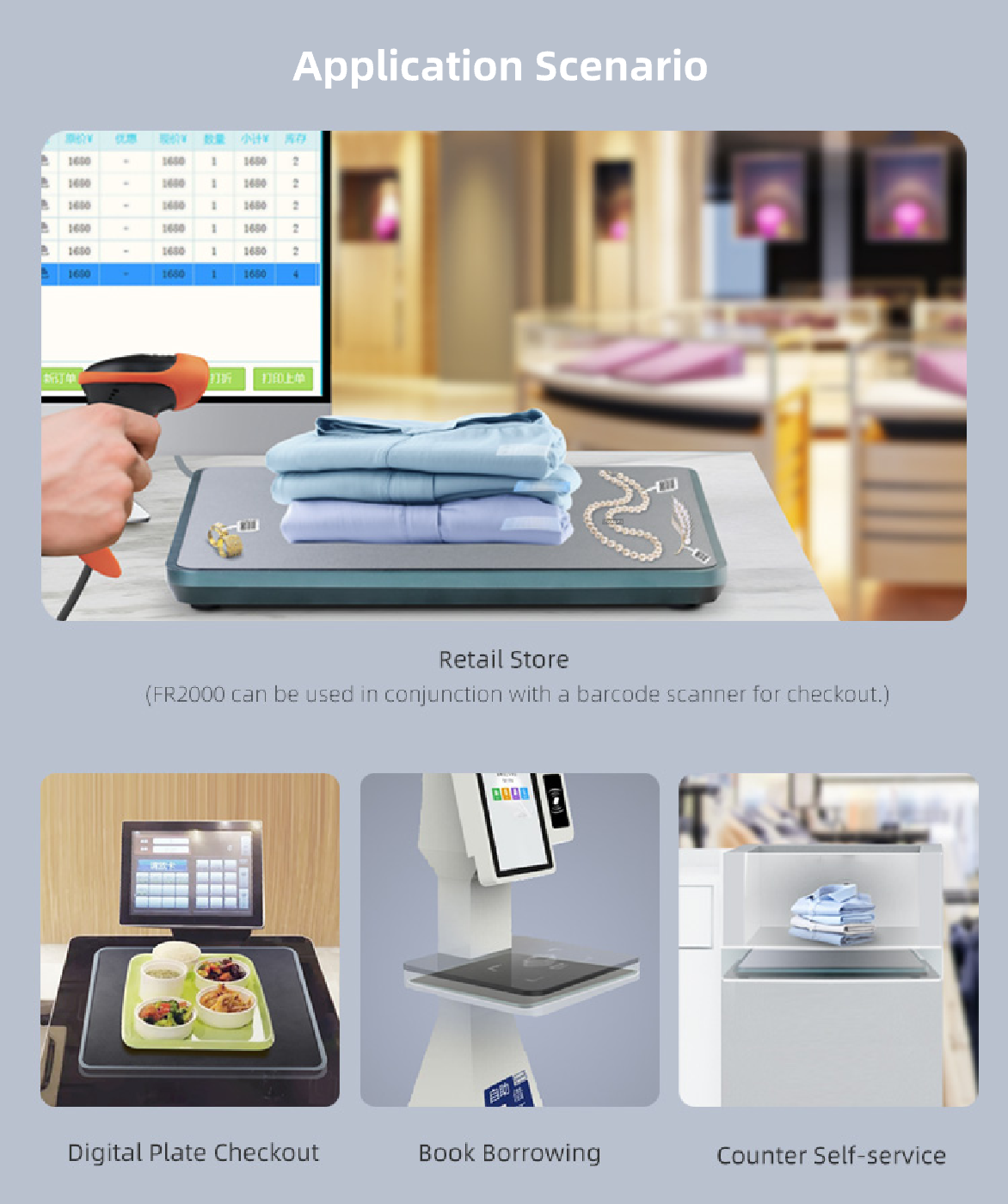
Retail: Handheld RFID reader is used for inventory management, theft prevention, and improving the customer shopping experience. Retailers can track stock levels, monitor product movement, and reduce out-of-stock situations using RFID technology.
Manufacturing: In manufacturing plants, RFID handheld scanner, is used for asset tracking, work-in-progress monitoring, and quality control. They help streamline production processes, optimize inventory levels, and ensure timely delivery of goods.
Logistics and Supply Chain: RFID scanners play a critical role in supply chain management, enabling real-time tracking and tracing of goods from production to distribution. They help improve supply chain visibility, reduce shipping errors, and enhance overall logistics efficiency.
Healthcare: In healthcare facilities, handheld RFID scanner is used for patient tracking, medication management, and inventory control, which helps healthcare providers accurately identify patients, track medical equipment, and ensure proper medication administration.
Transportation and Logistics: RFID scanners are utilized in transportation hubs, such as airports and ports, for cargo tracking, baggage handling, and vehicle identification. They help streamline logistics operations, reduce transit times, and improve security.
Asset Management: RFID handheld scanner is employed for tracking and managing assets in various industries, including construction, utilities, and IT, which helps organizations monitor the location and condition of assets, prevent loss or theft, and optimize asset utilization.
What's the Difference Between RFID and Barcode?
This table clearly and specifically explains the difference between RFID handheld scanner and barcode scanner:
| Aspect | RFID | Barcode |
|---|---|---|
| Working Principle | RFID (Radio Frequency Identification) utilizes radio waves to wirelessly identify and track objects. RFID tags contain electronic data that can be read by RFID label reader using radio frequency signals. | Barcodes consist of a series of parallel lines or patterns that represent data. portable barcode scanner uses light sensors to read and decode the pattern of bars and spaces, converting them into digital information. |
| Data Storage Capacity | Higher capacity for storing information such as product details and maintenance records. | Limited capacity, typically encoding only a unique identifier. |
| Range and Read Speed | Offers greater range and speed for quick and contactless data capture. | Limited range and slower data capture speeds, requiring line-of-sight scanning. |
| Use Cases | Well-suited for real-time tracking, automation, and high-volume data capture across industries. | Widely used for basic identification and tracking, especially in cost-sensitive environments. |
| Cost Considerations | Higher initial investment due to costs of tags, readers, and infrastructure. | More cost-effective upfront with lower equipment and implementation costs. |
| Data Encryption and Protection | RFID technology offers built-in encryption and authentication features to secure data transmission and prevent unauthorized access. | Barcodes do not inherently provide data encryption or protection and may require additional security measures to safeguard sensitive information. |
| Compatibility with Existing Systems | RFID systems may require integration with existing software and databases, which can be complex and costly depending on the infrastructure. | Barcodes are generally easier to integrate with existing systems, as they use standardized formats and protocols that are widely supported. |
Is RFID Better Than Using Barcodes?
Advantages of RFID over Barcodes
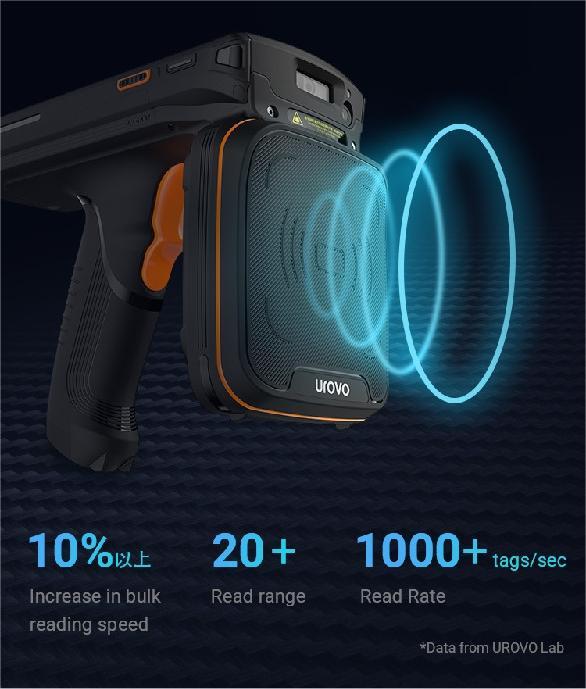
Efficiency: RFID tag reader offers faster and contactless data capture, allowing for high-speed inventory management and asset tracking without line-of-sight requirements.
Accuracy: RFID technology provides higher accuracy rates compared to barcodes, as RFID tags can be read from a distance and even through obstacles, minimizing errors and manual intervention.
Automation: RFID enables automated processes such as real-time inventory updates, automated asset tracking, and supply chain optimization, reducing the need for manual data entry and improving efficiency.
Data Capacity: RFID tags have a higher data storage capacity than barcodes, allowing for the storage of more information, including product details, maintenance records, and expiration dates.
Limitations of RFID Compared to Barcodes
Initial Investment: Implementing RFID systems typically requires a higher initial investment compared to barcode systems due to the cost of RFID tags, readers, and infrastructure. But RFID label reader is more cost-effective than barcode scanner.
Compatibility: RFID systems may require integration with existing software and databases, which can be complex and costly depending on the infrastructure. Barcodes, on the other hand, are easier to integrate with existing systems due to their standardized formats and protocols.
Read Range: While RFID offers greater range compared to barcodes, the read range of RFID tags may be limited depending on the frequency used and environmental factors such as metal interference.
Material Compatibility: RFID tags are versatile and generally don't disrupt radio frequency signals. However, there are specialized types like anti-metal labels, designed for metal surfaces, which minimize interference for accurate reading. Similarly, anti-liquid labels address issues with liquids, ensuring proper functionality even in liquid environments. These specialized labels overcome limitations in applying RFID technology to specific materials, expanding its usability across various scenarios.
Specific Use Cases Where RFID May Be Preferable
High-Volume Asset Tracking: RFID is ideal for tracking high volumes of assets or inventory items across large areas, such as warehouses, distribution centers, or manufacturing facilities.
Dynamic Environments: RFID handheld scanner excels in dynamic environments where items are constantly moving or changing locations, enabling real-time tracking and management without manual intervention.
Security and Authentication: RFID system offers built-in encryption and authentication features, making it preferable for applications requiring secure data transmission and access control, such as access control systems or secure document management.
Supply Chain Visibility: RFID provides end-to-end visibility and traceability throughout the supply chain, making it preferable for supply chain management applications where real-time tracking and transparency are critical.
How to Choose Between RFID Readers and Barcodes Scanner?
How to Choose the Best Handheld Scanners
Application Requirements:
Assess the specific needs and requirements of your application. Consider factors such as the volume of items to be tracked, the level of automation required, and the need for real-time visibility. RFID handheld scanner may be preferable for high-volume, dynamic environments requiring automated processes and real-time tracking, while barcodes may suffice for smaller-scale operations with simpler tracking needs.
Budget Constraints:
Evaluate your budget constraints and cost considerations. Determine the initial investment required for implementing RFID scanner or barcode reader systems, including the cost of hardware, software, infrastructure, and ongoing maintenance. Consider whether the benefits of RFID, such as increased efficiency and accuracy, justify the higher upfront costs compared to barcodes.
Existing Infrastructure:
Consider the compatibility of RFID and barcode systems with your existing infrastructure. Assess whether your current systems, such as inventory management software, databases, and hardware, are compatible with RFID reader or barcode scanner technology. Evaluate the feasibility and cost of integrating RFID or barcode systems into your existing infrastructure, taking into account any potential disruptions or complexities.
Future Scalability:
Anticipate future growth and scalability requirements when choosing between RFID scanner and barcodes scanner. Consider whether your business is likely to expand its operations, increase inventory volumes, or adopt new technologies in the future. Evaluate the scalability of RFID and barcode systems in terms of their ability to accommodate future growth, support additional functionalities, and adapt to evolving business needs.









